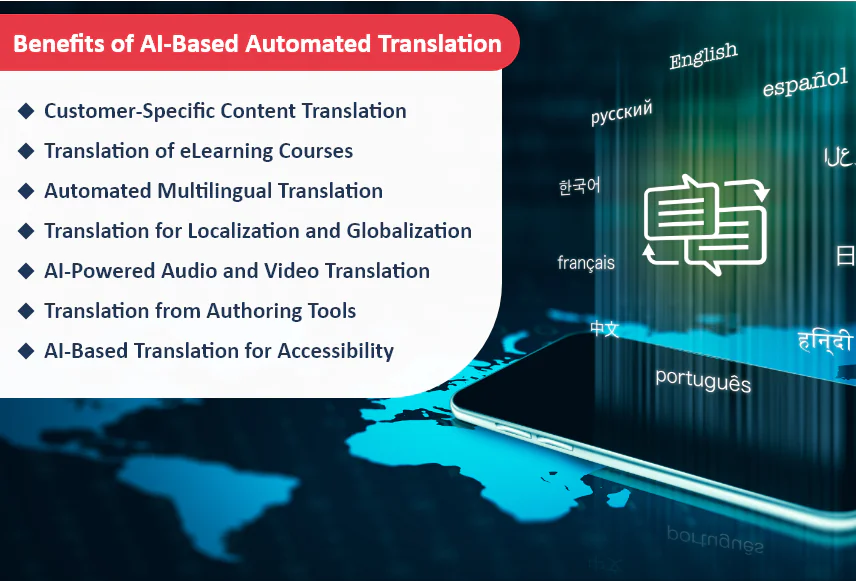Build Your Own Language Translation API with AI Circuit Diagram Introduction. In today's globalized world, language barriers are a challenge that businesses and individuals often face. AI-powered translation tools have revolutionized how we communicate

Designing Your Translation Model: Decide on the languages your translator will support and whether you'll need a direct translation model (e.g., English to Spanish) or if you'll use English as Introduction. Language barriers can hinder global communication, but AI and natural language processing offer solutions. Language Models (LLMs) trained on vast text data have deep language understanding, enabling seamless translation between people of different languages. LLMs surpass traditional rule-based methods, improving accuracy and quality. Keep in mind that this isn't the only way to build an AI language translation system. For instance, we could use the gated recurrent unit (GRU) cells instead of LSTM cells. We've chosen the architecture above because it's easy to understand, easy to train, and works well. But once you've learned the basics, there's plenty more to explore.

Build a multilingual language detection and translation system using ... Circuit Diagram
TL;DR: Build an AI-powered translator app using Gadget's built-in OpenAI connection to quickly localize any web copy. With the public release of OpenAI's ChatGPT, developers are suddenly able to apply simple solutions to traditionally complex problems. Accurate, quick, and affordable language translation has been a problem for a long time. Step 1: Getting text from different languages. Lets say you want to create a translator from Language X→ Language Y. You collect a "big" text in X and its translation to Y. Good news, 1st

English to Hindi Translator using Pre-trained Translation Model Step 1: Import Necessary Libraries. The first step involves importing the libraries required for translation and building the interactive interface. In this case, we need the transformers library for the translation model and gradio for creating a web interface. To get a closer look at watsonx.ai capabilities, we'll create a system that detects languages and translates text. We'll build an LLM-powered system that can detect and translate languages, making the system smarter, faster, and more reliable. Let's dive into how we can create this system step by step.
